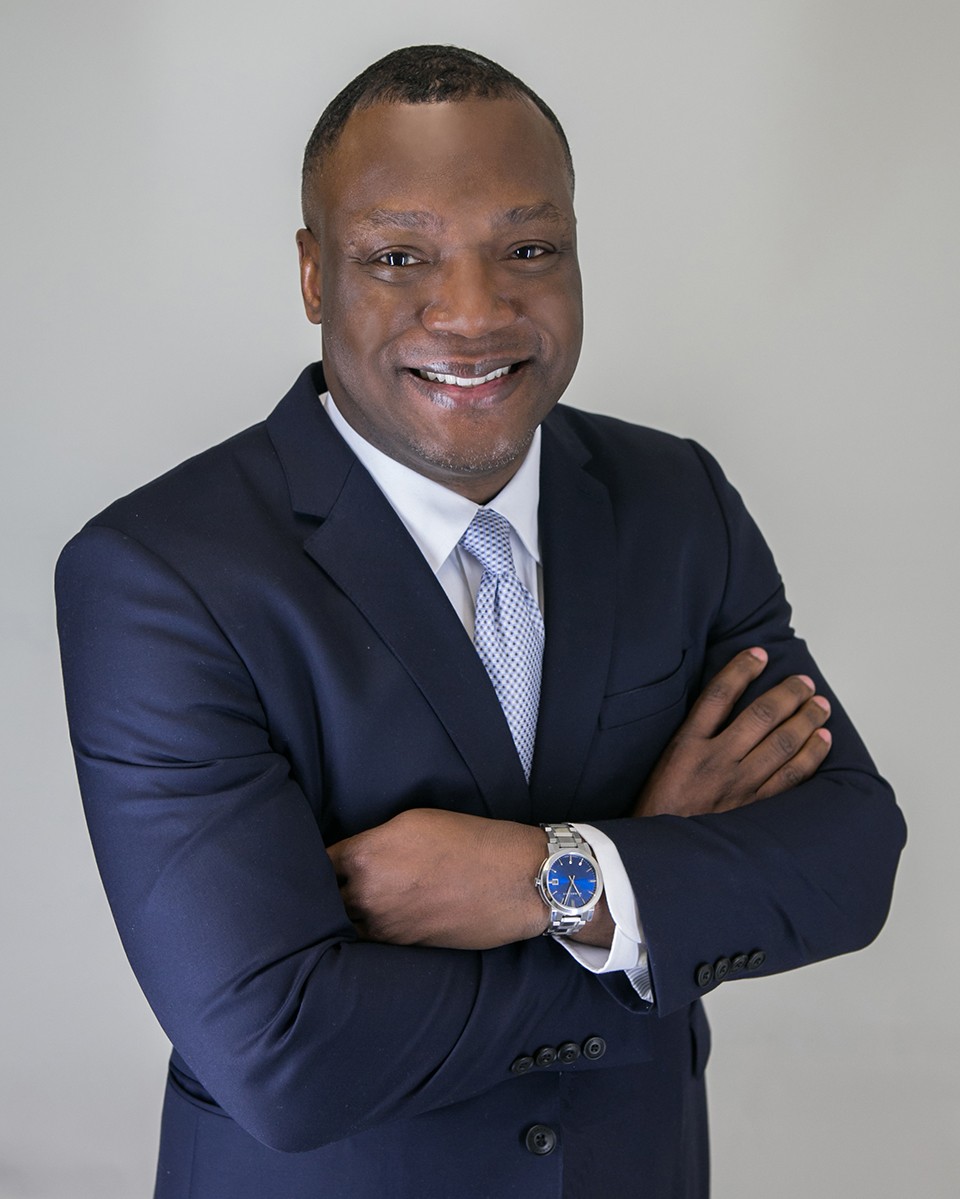How Do Companies Create Teams That Thrive?
Kevin King (BS94) shares his expertise on leadership development and team building in the workplace

Kevin King (BS94) worked in the sports, entertainment and higher education fields before starting Premier Teambuilding Solutions LLC, a leadership consulting agency based in Minneapolis. He’s an expert on leadership development and team building, so we wanted to learn his thoughts on workplace and team culture.
Question: How do you define culture, as it applies to a workplace or a team?
Answer: It’s basically shared beliefs about what an organization accepts or doesn’t accept on a consistent basis. Culture is about individuals contributing to and aligning their behaviors, actions and attitudes to achieve the goals and the outcome of a team, regardless of the industry. You’re trying to align all of your efforts with a goal in mind.
Q: Is team/workplace culture more about people? Or ideas? Or structures? Or all of the above?
A: All of the above. Culture is about people and relationships. Leadership creates the culture through things like vision, standards and policies—but relationship building and trust are the key ingredients. Culture isn’t quotes on a wall poster. That may look good, but it doesn’t sustain culture. Good leaders have a system in place that promotes creative ideas, allows voices to be heard, and encourages diverse ways of thinking. That doesn’t happen if there’s a lack of trust or lack of relationship between individuals. Without the relationship piece, without the trust piece, you’re not going to have the type of culture that you want. Without safety and trust, you don’t get the best ideas. You don’t get people to speak up and perhaps challenge a certain way of thinking. Organizations with good cultures have put an emphasis on relationships so that they can get the best out of people.
Q: How should job seekers try to evaluate company culture while interviewing?
A: There are three things you can do. First, find out if there is a lot of turnover in the organization or department. Next, gain clarity on what the company values and believes, and if it aligns with your belief system. Finally, ask if there are programs and resources available to help staff in the areas of personal development. Those are the types of things that let you know how a company feels about investing in their employees versus just hiring them to do a skill-specific job.
Q: For someone who is already part of an organization or team, what can be done to try and effect change?
A: It depends. There are two ways I look at this. If you’re in a culture that is intentional—meaning it’s one that has vision, clarity and purpose— and you’re having a positive experience, then you want to sustain and build and contribute and make it better, whether you’re in leadership or not. This happens by not allowing yourself or the team to become complacent. If you’re in a good culture, you want to be great. If you’re in a great culture, you want to be excellent. The opposite of that is if you’re at an organization that has a default culture—meaning one that lacks clarity, purpose, intentional effort and a vision—then change starts from within. You don’t need permission from anyone to get better or do better. We’re all in cultures—either by design or by default—so you want to be in a place where your values and beliefs align with the organization and vice versa. If that’s not the case, it might be time to move on to a place that better suits your talents, skills and beliefs.
To learn more about Kevin’s work, visit premierteambuildingsolutions.com.
Contact Darcy Gifford, dgiffor2@emich.edu , 734.487.5375

 Eastern anthropology expert Megan Moore puts historical questions to rest
Eastern anthropology expert Megan Moore puts historical questions to rest
 EMU alumnus Art Vuolo’s collection of recordings featured in Radio Hall of Fame
EMU alumnus Art Vuolo’s collection of recordings featured in Radio Hall of Fame
 Master Barber Ryan Griffin gives discount to kids who read books during appointments
Master Barber Ryan Griffin gives discount to kids who read books during appointments